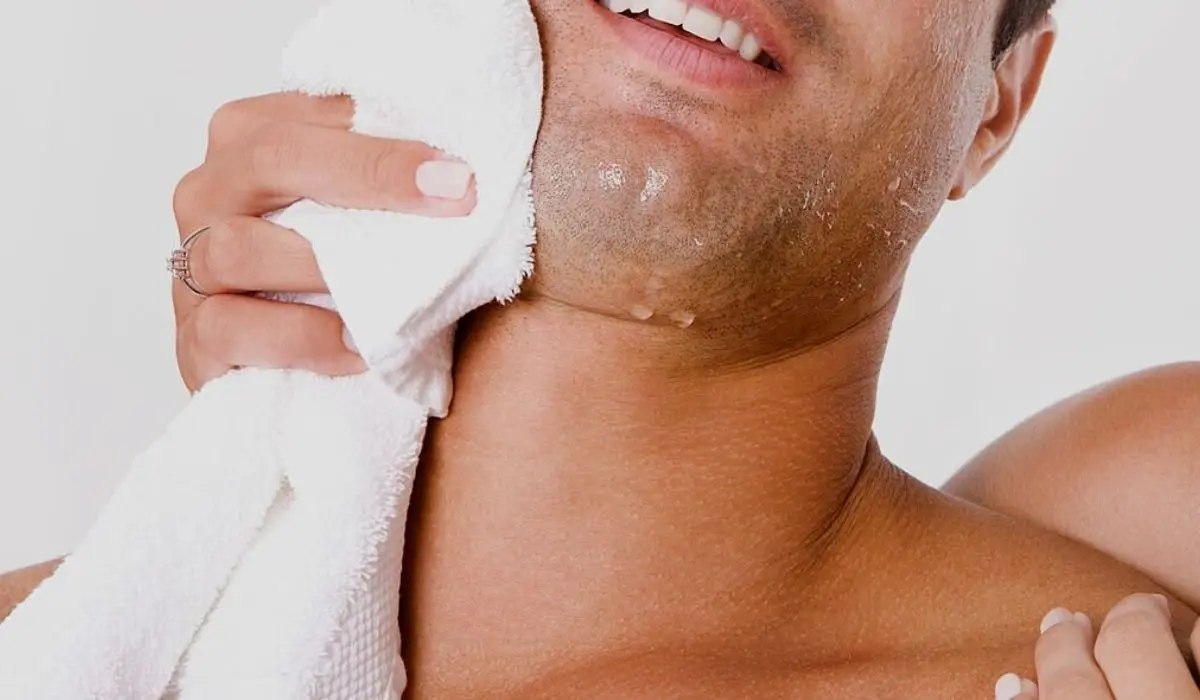Razor bumps are a common side effect of shaving that afflict many men and women. Medically termed pseudofolliculitis barbae, razor bumps arise when freshly shaved hairs curl back into the skin and cause inflammation and pimple-like eruptions. They can become red, itchy, and irritated.
For those prone to ingrown hairs, razor bumps can make the simple act of hair removal a frustrating endeavor. Understanding the causes, preventive techniques, and treatments for razor bumps can help gain control over this troublesome issue.
What Do You Mean By Razor Bumps?
Razor bumps, also called shaving bumps, are small red or skin-colored bumps that form in shaved areas, most commonly the neck for men and the bikini zone for women. They form when freshly cut hairs retract back into the follicle and grow slightly under the skin surface rather than straight outward.
The sharp tip of the curled hair then acts like a foreign body, causing inflammation, pimple-like lesions, and folliculitis when bacteria are involved.

Causes Of Razor Bumps
◼ Shaving against the grain of hair growth
◼ Curly, tightly coiled hair is prone to ingrowths
◼ Pulling skin taut during shaving
◼ Pressure from closed razor shaves
◼ Shaving too infrequently allows longer hairs to ingrow
◼ Dull razors drag and tear rather than cut cleanly
◼ Skin conditions like acne or keratosis pilaris
Signs And Symptoms Of Razor Bumps
◼ Red, raised bumps resembling pimples
◼ Itching, stinging pain, or tenderness
◼ Small fluid-filled lesions if infected
◼ Scarring or dark spots if inflamed repeatedly
◼ Patches of bumps if widespread
◼ Irritation worsens 24-48 hours after shaving
How Can You Prevent Razor Bumps?
◼ Use a fresh, sharp razor or replace cartridges frequently
◼ Shave in the direction of hair growth rather than against
◼ Softening hairs first with warm water or shaving gel/cream
◼ Gently stretch the skin taut while shaving
◼ Avoid pressing the razor excessively close to the skin
◼ Use a moisturizing shaving lubricant and soothing aftershave
◼ Let the hair grow out slightly between shaves
◼ Consider laser hair removal for permanent reduction
Treatments For Razor Bumps
◼ Over-the-counter hydrocortisone cream to reduce inflammation
◼ Topical acne medications with salicylic acid, glycolic acid, or benzoyl peroxide
◼ Antibiotic creams or oral antibiotics if infected follicles develop
◼ Steroid injections for severe, recurring cases
◼ Professional procedures like cortisone injections, chemical peels, or microdermabrasion
◼ Absolutely avoid picking or squeezing bumps to prevent scarring
Related:- Home Remedies For Oily Skin And Pimples – Symptoms
Tips And Precautions For Razor Bumps
◼ Always prep the skin by softening hairs with warm water or a wet towel
◼ Use a sharp, clean razor and replace old cartridges
◼ Shave in the direction of hair growth, not against
◼ Take slow, short strokes, and don’t stretch the skin taut
◼ Rinse thoroughly after shaving and pat dry
◼ Apply tender skin, aloe vera, or antibiotic ointment after shaving
◼ Exfoliate regularly with a scrub to prevent ingrown hairs
◼ If bumps develop, avoid shaving the affected area until healed
◼ See a dermatologist if symptoms don’t resolve with over-the-counter treatment
Conclusion
For many, razor bumps are an unpleasant consequence of hair removal. By understanding the causes and implementing proper shaving techniques, they can often be prevented. When bumps do occur, prompt treatment helps reduce scarring and discomfort.
Seeing a dermatologist for persistent symptoms may be needed to devise an individualized treatment plan. With some trial and error, most people can find an optimal hair removal strategy that prevents irritating razor bumps.
Read More:- Coffee Face Mask For Glowing Skin: Transform Your Skin Naturally
FAQs
Q: Why do some razors cause more bumps than others?
A: Dull, low-quality razors with inadequate lubricating strips or multiple blades that cut too closely tend to cause more razor bumps.
Q: Should you pop razor bumps if they fill with pus?
A: No, popping bumps can lead to infection and scarring. Use a warm compress and antibiotic ointment to help them drain instead. See a doctor if you suspect an infection.
Q: Does waxing prevent razor bumps?
A: Yes, waxing pulls the entire hair out so there is nothing to become ingrown. However, waxing can cause other irritations for sensitive skin.
Q: Are razor bumps contagious at all?
A: No, razor bumps cannot spread through contact. They are simply an inflammatory reaction to your own cut hairs growing inward.
Q: Will razor bumps eventually go away on their own?
A: They may resolve after a period if you stop shaving the area. But some form of treatment is usually required to alleviate discomfort and prevent scarring.

